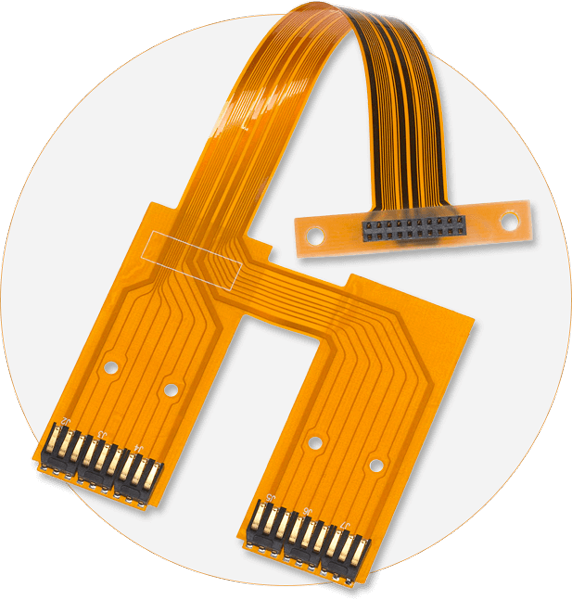Innovation is vital to remain ahead of the curve in an ever-changing electronic device market. Manufacturers are constantly looking for innovative ways to enhance the assembly of products because demand is growing for smaller, more flexible, and high-performance electronic components. Flex circuit manufacturing is among such revolutionary technology that has been the subject of a lot of attention.
Flexible printed circuit boards, also known as Flexible Circuits (PCBs) provide a host of advantages over rigid PCBs. These circuits are able to be bent, twisted, and conform to various shapes. They are ideal for applications requiring intricate designs, small space, or a longer life span.

Flexible circuits allow manufacturers to challenge the limits of design with a flexible foundation that adapts to the contours of the device. This allows designers to create more innovative and smaller designs, eventually which results in lighter and smaller devices. Imagine a smartphone that seamlessly is curved around your hand. Wearable health tracker that can be worn discreetly on your wrist. Perhaps even a smart appliance that is seamless and ergonomic design. Flex circuits empower designers and engineers to transform these concepts into reality, opening many new possibilities for the development of products.
Beyond aesthetics, the durability of flex circuits sets them apart from their rigid counterparts. Traditional PCBs are susceptible to damage due to vibration and shocks, as well as frequent stretching. Flex circuits, however, are made with substances that are resistant to the elements and are highly robust. This durability is crucial for industries like automotive and aerospace, or medical, that require electronic components to withstand severe environments. For more information, click flex circuit manufacturing
Flex circuits are an extremely versatile product. The methods of manufacturing used for their production influence the quality of this. In contrast to rigid PCBs manufactured with multiple layers of fiberglass and copper, flex circuits are manufactured by using a flexible, thin substrate material, such as polyimide and polyester. The substrate is the basis of the circuit and permits it to be bent or turned while still keeping electrical connectivity. Flexible circuit manufacturers are able to precisely create circuit traces, create intricate interconnects, and connect components to the flexible substrate with advanced manufacturing techniques.
Surface mount technology, commonly referred to as SMT, allows for the integration of devices onto the flex-circuit surface. This allows for greater capabilities and flexibility of the circuit. SMT allows manufacturers to mount electronic components directly on the flex circuits. These connectors can be removed and the overall size of the device decreases. This simple approach is not only efficient in space but also enhances signal integrity, reduces weight, and improves thermal management.
Flex circuit manufacturing allows for rapid prototyping and scalable production. Flexible circuit designs allow rapid iterations when prototyping, which speeds up the product development process. In addition, flex circuits that are produced with automated manufacturing techniques are cost-effective choices for production in high volumes. Flexible circuits are a good choice for companies looking to speedily bring fresh ideas onto the market.
It is imperative to be able to rely on a reliable source for flexible circuits because the demand grows. To ensure high quality, precision, and consistency in the production of flex circuits, it is essential to work with reliable and experienced companies. These manufacturers have the know-how and expertise to help you through the design process and provide valuable information on the choice of materials, and assure compliance with industry standards.
At the end of the day, flex circuits are indispensable components that allow modern electronic assemblies to reach the highest possible complexity. Flexible circuits play an essential component in the development of complex electronic systems. From consumer electronic devices to military equipment, they are utilized in a wide range of applications. Flexible substrates let engineers create designs with a lot of features yet fit within tight assembly footprints. While a number of other kinds of circuit routing exist however their electrical and mechanical properties simply can’t compare to those provided by flexible assembly solutions for complying with strict size limits. Flexible circuits are an excellent alternative for interconnections with complex designs, which combine multiple different technologies.